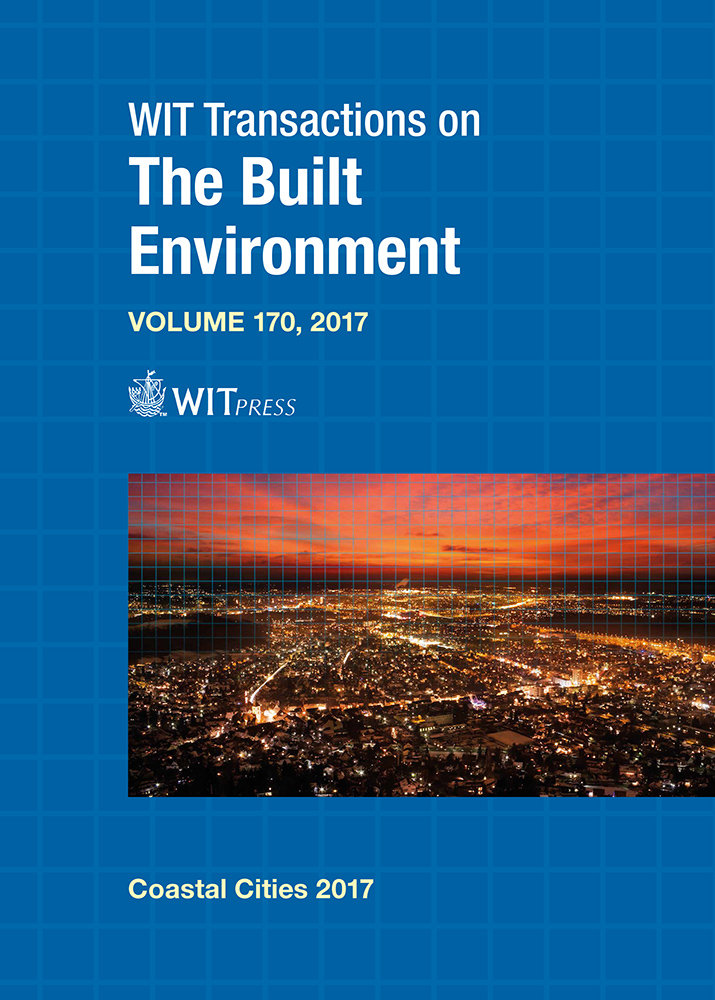SUSTAINABLE COASTAL DEVELOPMENT: PROTECT OR RETREAT?
Price
Free (open access)
Transaction
Volume
170
Pages
10
Page Range
63 - 72
Published
2017
Size
356 kb
Paper DOI
10.2495/CC170071
Copyright
WIT Press
Author(s)
MICK STRACK
Abstract
Most coastal cities will, at some stage very soon, have to confront the decision about whether to protect their shoreline or retreat from it. The devastating effects of sea level rise and increased storm frequency and severity causing coastal erosion are becoming a regular feature of news reports. The images of coastal houses being battered by the sea must be giving coastal property owners cause to reflect on the (in)security of their investment, and increasing the demands on local administrators to take action.
Hard protection (walls, groynes, reefs) is expensive, vulnerable to damage and usually has adverse downstream effects. The costs of protection must be weighed against the value of the protected property and infrastructure. Many small cities built on the coast have limited financial resources available to protect their coastal boundaries.
In New Zealand many local authorities are grappling with this dilemma. By identifying hazard zones where future development must be restricted, they are being criticised and challenged in court for adversely affecting property values on the basis of uncertain future predictions.
So what mechanisms are available for sustainable coastal development? This paper explores development restrictions, tenure restrictions and sustainable solutions for dealing with property at risk of loss by sea erosion. It concludes that city administrators must work closely with coastal communities and property owners to decide on appropriate interventions.
Keywords
coastal development, precautionary principle, land tenure, community engagement, Dunedin





